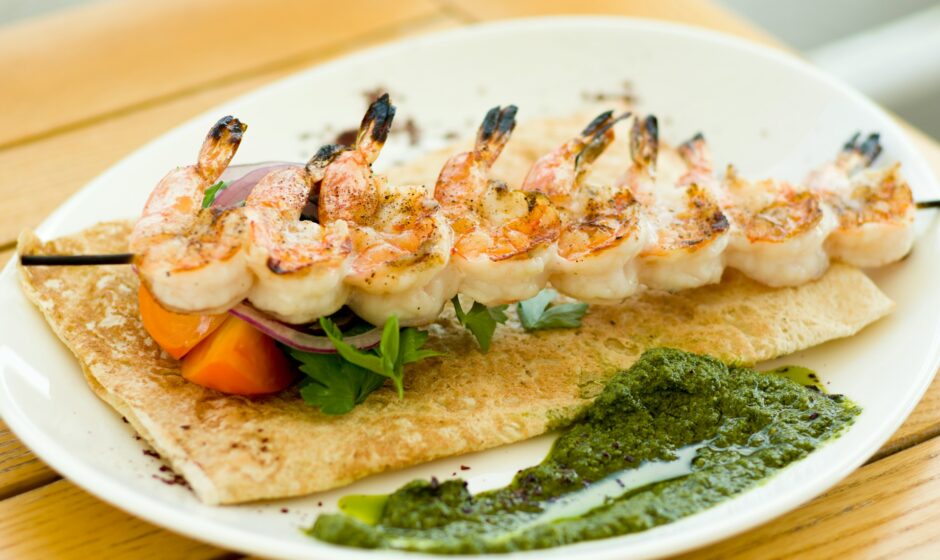While global economic woes dampen seafood exports, India’s domestic market is experiencing a delightful catch. Premium companies are diving in, lured by the rising demand for succulent shrimp, squid, lobster, and seer fish. This shift presents a unique opportunity to transform the largely unorganized Indian seafood industry and establish the country as a major player in the global market.
Pent-Up Demand Drives Domestic Growth
The pandemic years triggered a remarkable change. Consumers, particularly in major cities like Delhi and Bengaluru, are increasingly seeking premium seafood. This pent-up demand, coupled with the rebound of restaurants, has fueled a 9-10% growth in the domestic market, exceeding the industry average. Shivam Gupta, Director of WestCoast Fine Foods, attributes this rise to organized players like his company, which are witnessing a growth of 30% or more.
From Exports to Homegrown Feasts
The abundance of shrimp, thanks to booming aquaculture, is another key driver. India’s production now surpasses 9 lakh tonnes, with over 7 lakh tonnes currently exported. However, with export prices declining due to a global glut, processors and exporters are finding the domestic market increasingly attractive. Premium items like Vannamei shrimp, seer fish, and tiger prawns, previously reserved for export, are now gracing Indian dinner tables. Even high-end Atlantic salmon finds takers in big metros.
Investing in Freshness: From Ocean to Plate
Companies like FreshToHome are leading the charge with hefty investments in infrastructure and transportation to guarantee freshness. Their intricate cold chain network ensures fish caught in Kerala reaches Delhi customers the next morning. This commitment to quality has translated into a projected 20% rise in their turnover.
Beyond Shrimp: Surimi Finds its Niche
The market is expanding beyond traditional favorites. Surimi, a value-added product mimicking crab and lobster textures, is finding acceptance. Gadre Marine Export, the leading surimi exporter, has successfully tapped into this domestic potential, witnessing a 25-30% growth.
From Farms to QSRs: Ready-to-Eat Seafood Revolution
Kings Infra Ventures Ltd. is taking things a step further with plans to establish a chain of quick-service restaurants (QSRs) offering ready-to-serve seafood recipes. This innovative approach aims to bring the convenience of “heat and eat” delicacies to the masses.
Challenges and Opportunities
While affordability and changing preferences have boosted the market, challenges remain. Abraham Tharakan of Amalgam highlights the need for government campaigns similar to those promoting eggs to raise consumer awareness of the health benefits of seafood like shrimp. Additionally, Ravi Kumar Yellanki, president of All India Shrimp Hatcheries Association, emphasizes the importance of cold chain infrastructure to minimize wastage.
The Future is Blue: A Sustainable Path
Expert Market Research predicts the Indian shrimp market to reach 2.12 million tonnes by 2032. By addressing existing challenges and capitalizing on the immense potential, India can not only revolutionize its domestic seafood industry but also emerge as a strong contender in the global market. This “shrimp boom” presents a unique opportunity to chart a sustainable course for the future of Indian seafood, ensuring both economic prosperity and delicious plates for all.


